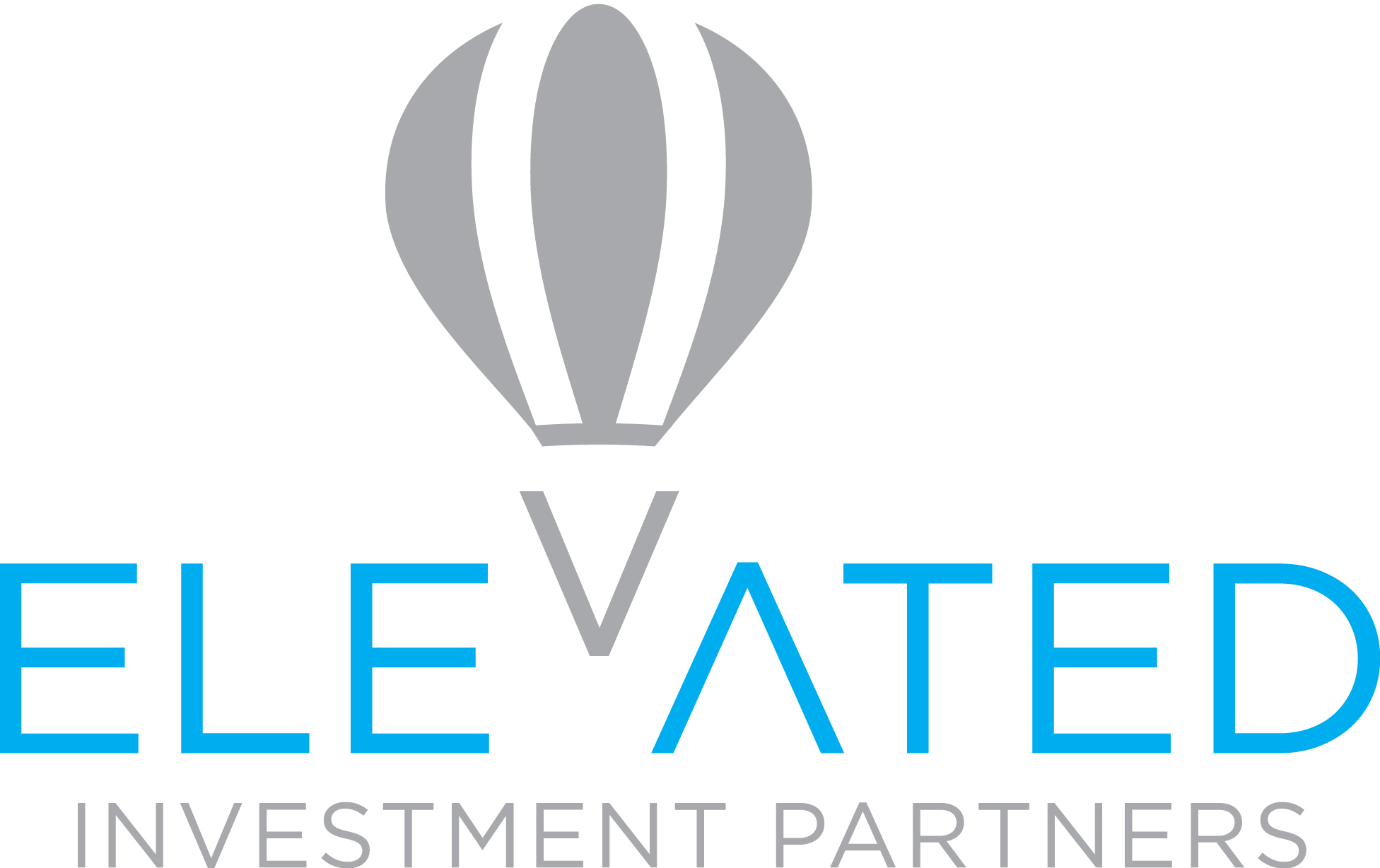What should plan sponsors consider when examining alternative investments as an in-plan investment option?
by Jessica Johanson, CIMA®, CRPS®
What’s Driving DC Plans’ Interest in Alternatives?
Although Defined Benefit (DB) plans have included alternative investments (alternatives or alts) in some form since the 1970s, Defined Contribution (DC) plan investment options typically have included more traditional investments, such as mutual funds and collective investment trusts (CITs) composed of public companies’ stocks and bonds. DC plan participants have had little opportunity to gain exposure to alternatives, which include an array of asset classes, such as private equity (PE), private real estate, hedge funds, and newly emerging cryptocurrencies. While some mega plan sponsors may provide exposure to alternatives within target date funds (TDFs) or managed accounts, a large part of the 401(k) market has been left on the sidelines when it comes to alternative investing.
With the number of alternative asset classes growing, more plan fiduciaries are reviewing DC plan menu options and examining the merits of adding investments outside of publicly available mutual funds in hopes of improving participants’ retirement security prospects. And studies show that alternative asset classes may help improve retirement outcomes by diversifying a participant’s portfolio beyond traditional equity or fixed income.
For example, a 2021 Willis Towers Watson review found that private market investments outperformed public equities by 5.9% per annum since 2000. 1 Similarly, a Georgetown Center for Retirement Initiatives study found that allocations to alternative investments could potentially improve DC plan participants’ investment outcomes in a TDF by 11% to 17%. 2
Driving the interest in alternative investments in 401(k) plans may be the potential to augment and diversify future growth opportunities.
Additionally, the number of public companies has decreased and represents a smaller portion of the U.S. economy. As investors, participants need diversified exposure to the broader market and economy to reduce their overall risk. Recognizing these fundamental shifts in markets, a Defined Contribution Institutional Investment Association (DCIIA) paper argued for consideration of alternatives to help mitigate lower-return expectations for traditional asset classes post-COVID-19. 3
Challenges Hindering the Adoption of Alternatives
In spite of some potential benefits, interest in alternative investments hasn’t translated into plan sponsor adoption. Offering alternatives to DC participants is challenging, even for fiduciaries with the resources needed to properly analyze and implement their use. “Very few plans give participants the ability to invest directly in an alternatives strategy. It’s just very difficult from a structural standpoint,” says Sean Murray, Head of Retirement Solutions, Envestnet. “Generally, the larger the plan, the more advanced an investment lineup might be. In these plans you could see alternative investments in custom target date funds, custom models, or managed solutions. In the largest end of the marketplace, companies may have their own internal due diligence team, or consultants, who have leveraged alternatives in their corporate cash or in their pension plan. In that type of structure, it’s easier to complete the due diligence needed to implement alternatives products in-plan.” 4
Some of the complexities involved in adding alternatives to a DC plan menu include:
- Daily valuation/liquidity: Many alternatives are not publicly priced or traded, proving them difficult to value and easily liquidate. Plan participants need both daily valuation and liquidity.
- Benchmarking: Alternatives such as private equity, private real estate, and hedge funds are often not publicly traded on any exchange, making benchmarking problematic.
- Cost: Alternative investments are typically more expensive than traditional asset classes and can involve complex fee structures.
Even professionally managed multi-asset funds, such as risk-based funds or TDFs, which may have more viable implementation structures for inclusion of alternatives, still have a low take-up rate. A 2020 DCIAA survey found across $312 billion in custom target date funds, only 11% of assets were in private real estate, 2% in hedge funds, and 1% in private equity. 5
Alternative Investments: A Brief Guide
Alternatives as a category can encompass a broad range of investment types. The following table describes some of the common alternative investment categories, and how they are currently.
